Take a walk through downtown Asheville and you’re bound to run across some symbol or image of Western North Carolina’s mountain heritage. From stores peddling traditional crafts to the overalls-clad busker with banjo in hand, the history of the Southern Appalachians still looms large in the region’s identity and the way it portrays itself to visitors.
Increasingly, however, the traditions that produced these icons of mountain life are being lost to gentrification and changing demographics. Nearly half of Buncombe County residents now come from somewhere out of state, according to a study by the Carolina Population Center at UNC Chapel Hill. And within the four-county Asheville metropolitan area, nearly 24 percent of residents are 65 or older, 2015 census figures show.
Seeking to preserve the region’s history and traditional culture, local organizations and researchers are working to document the lives and wisdom of WNC’s elders, believing that this provides invaluable context for the area’s present and future.
Hand-me-downs
Oral history has long played a central role in the mountain region’s cultural makeup, notes Kiran Sirah, president of the International Storytelling Center in Jonesborough, Tenn. “We used story as a way to communicate, understand and share knowledge and wisdom, to make sense of the world around us and to think about morals or lessons from the environment.”
From the native Ani Katuah (the ancestors of the Cherokee) to the first European settlers who called these mountains home, the stories passed down helped succeeding generations survive and thrive in a harsh, isolated environment, notes filmmaker David Weintraub, who heads the nonprofit Center for Cultural Preservation in Hendersonville.
“Today, we think our lifeline is our plastic device,” he points out. “But our lifeline isn’t stuff: It’s our connections and relationships. When you get an oral history with an elder, it helps to give us some grounding in a way that picking up a textbook or doing a Google search doesn’t.”
Oral history and personal recollections also bring dry names and numbers to life, says Anne Chesky Smith, director of the Swannanoa Valley Museum & History Center. “You realize that it’s not just dates and facts: It’s real people living real lives and doing real things.”
Memory therapy
Cultural significance aside, sharing life stories can also serve as a form of therapy for teller and listener alike.
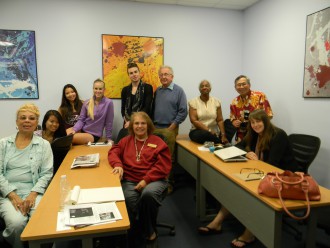
According to the National Institutes of Health, loneliness and social isolation among older Americans have been linked to an increased risk for everything from loss of motor and cognitive functions to Alzheimer’s disease and cancer. Coming together with others to share their experiences helps elders connect across generations, notes Cheryl Svensson, director of the Birren Center for Autobiographical Studies and an instructor in guided autobiography.
“Just writing these stories down brings up memories, connections and synapses in the brain that they might not have had if they were just sitting home and watching TV,” she notes. Other studies, adds Svensson, have found that children with a sense of their family’s past are likely to have higher self-esteem and adjust better to social situations. “They’ll know something about your life — where they come from, what happened to you, how you survived and coped.”
Salt of the earth
Oral history can also provide context for many of the issues facing WNC communities today in ways that a textbook or fact sheet cannot.
Jim Veteto, who founded the Appalachian Institute for Mountain Studies, has long paired oral history with his efforts to collect heirloom seeds from around the region, a method known as “cultural memory banking.”
These stories, says Veteto, an assistant professor of anthropology at Western Carolina University, are crucial in understanding how the crops grow, where they come from and what cultural significance they carry.
“In my research, the average age of the person I interview is 70,” he says. “They sometimes don’t have people in their families to pass down the seeds and stories to. We’re trying to create interest in it and serve as sort of a vehicle for helping to promote that.”
Besides helping preserve biological diversity, seeds with a clearly defined cultural background are often more attractive to the average gardener, adds Veteto, which helps keep them in the hands of individuals rather than giant corporations like Monsanto.
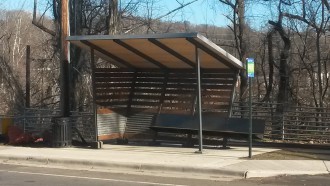
Oral history is also influencing several local public works projects. In 2015, the Asheville Design Center joined forces with students at UNC Asheville on an oral history project about West Asheville. The fruits of that effort will be incorporated into panels adorning the new bus shelter on Haywood Road near the New Belgium brewery.
“It’s something that impacts people on a daily basis,” notes Chris Joyell, the design center’s executive director. “In a bus shelter, you actually have a captive audience. It’d be really cool to come out of the brewery, sit down, start reading that panel and learn a crazy story of how much history is under the soil of this site.”
Joyell hopes the city will consider incorporating this project into other bus shelters as well. “For a lot of us that are new here, there’s so much history that gets lost in the shuffle,” he points out. “Telling these stories helps increase our appreciation of what we have here now and maybe points us in the direction we can go in the future.”
For example, the disruption inflicted on the Burton Street community when interstates 26 and 240 were pushed through in the 1960s and ’70s, says Joyell, has had a major influence on the current plans for the I-26 Connector.
“Learning about the history of a community like Burton Street really points to some of the problems that we’re currently facing,” he says. That encourages planners to ask questions like “How can we have a highway connector that actually connects communities instead of dislocating them?”
Eye of the beholder
While the value of preserving oral history has been widely acknowledged, collection methods often vary, depending on the situation and the interviewer’s goals. At the Swannanoa Valley Museum, says Smith, the focus is very local. Interviewers can use video, audio recordings or simple notes, depending on the subject’s preferences.
“We have a list of starter questions on our website,” she notes. “They’re pretty generic: where they were born, when they were born, who their parents were. But usually, once you start talking to people, new topics come up.”
Developing rapport with an interview subject is essential, says Weintraub, who uses interviews in many of his documentaries. “People are fairly humble,” he says. “Often, they don’t necessarily want to reveal their lives and inner thoughts to someone they don’t know.”
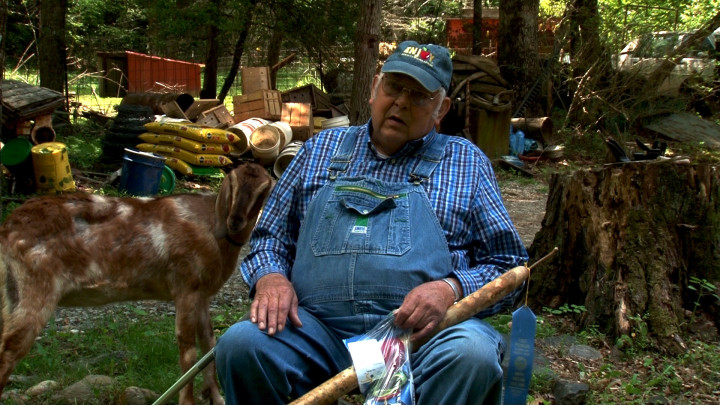
Being a good interviewer also requires an open mind and active listening, he continues. “I find that the most valuable answers come not from the initial questions but from the give-and-take, the follow-up. Someone says an innocuous thing, and all the sudden it opens up a whole world.”
A race against time
For many researchers, the biggest challenge in collecting oral histories is time itself. In the last nine months, six of the people he interviewed during the past year have died, Weintraub says. They include local luminaries like Cal Calhoun and Theron Maybin. Calhoun was the co-founder and master of ceremonies for the “Carolina Barn Dance” radio show, once broadcast to over 500 stations around the country. And Maybin, aka “the Mayor of Green River,” was renowned for his homespun agricultural wisdom.
“Every time I lose one of these elders, I realize how much more work there is to do and how much quicker we need to do it,” notes Weintraub. Despite his best efforts, the Center for Cultural Preservation has a backlog of people waiting to be interviewed, he says. And the Swannanoa Valley Museum, says Smith, has many previously recorded interviews that still need to be transcribed.
Sometimes, simply finding storage space can be daunting. “We have hundreds of thousands of stories,” says Sirah, adding that they’re currently being stored at the Library of Congress while the International Storytelling Center works to digitize its material. “The idea is to make this collection available to every child and student and teacher in the nation for free,” he explains.
For Veteto, who also runs a farm in Yancey County in addition to his seed preservation work, time constraints have limited his story collecting recently. “You have to block out about two hours to record an interview; then to transcribe it takes many more hours,” he says. “I’m sort of more in a phase where I’ve gathered so many stories and seeds that now I want to get those out” to the public at large.
Making history pay
With so many researchers short on time and resources, some elders and their families turn to other options for documenting their history.
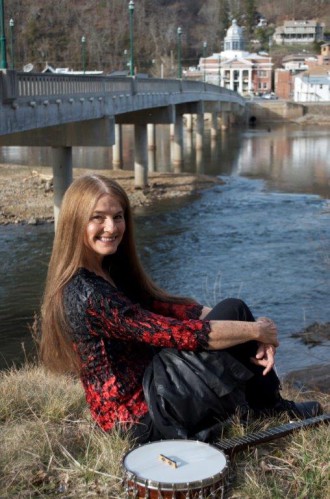
Local author Sheridan Hill, for example, gave up a career in journalism to offer her services as a paid personal biographer, producing books about her clients’ lives. “I wanted, as writers often say, more room to write, and I really had this deep hunger to work longer with one person,” says Hill, who typically produces one or two biographies a year.
Hill offers clients two options: either a full biography, with life events placed in the context of local, national and global events, or a first-person, memoir-style account.
Such services, though, don’t come cheap. “Honestly, in my case, these are people who can afford to pay a professional writer to spend a year producing an archive-quality book for their family,” she explains.
But for those with more limited means, Hill’s advice is simple: “Go ahead and get the interviews done, because anyone can write a book later. And make a backup copy of them: Redundancy is the most critical thing in archiving.”
Of the people, by the people, for the people
Another alternative empowers elders to do their own documenting. Developed by pioneering gerontology researcher James Birren in the 1970s, the Guided Autobiography, or GAB, method enables people of all ages and backgrounds to explore their own lives and experiences through a series of themes and shared discussion sessions, says Svensson of the Birren Center.
Life events and experiences are grouped under themes that range from money and career to gender identity, death and life values. “With each theme,” she explains, “you’re given a set of 10 or 12 questions that are not meant to be answered literally but to spark memory in you, or resonate in you someway that another memory doesn’t.”
Caroline Manheimer, a certified GAB instructor who’s the mother of Asheville Mayor Esther Manheimer, has established several such groups in different local venues. In those sessions, various themes emerged that told participants’ life stories while also offering glimpses into the city’s history. “The one African-American group at the senior center on Grove Street got to be really interesting,” she recalls, “because it rather quickly got into very tangible social history.” The topics covered ranged from students’ enrollment in Rosenwald schools around the region to the destruction of the Eagle Street community during 1970s urban renewal.
“It’s their story, their neighborhoods — they remember a particular gas station or building,” says Manheimer. “I learned a lot about the whole sense of community. It’s been really educational for me.”
Getting involved
But regardless of how or why one goes about preserving local elders’ stories, the task of documenting these lives and lived experiences also requires community support, says Smith, adding that her museum always needs more volunteers to help capture oral histories and transcribe the ones already collected.
“It’s a time-consuming process, but if there are people that like that kind of work, you get to really listen to the interview in-depth and learn a lot while you’re transcribing,” she explains. “Just having people who are willing to set up interviews with the people we want to speak with is very helpful.”
The International Storytelling Center, meanwhile, is looking for new, innovative ways to share its collection with the public, says Sirah. “Check out our website or come to an event or just step through the door,” he advises those who want to lend a hand. “As soon as you do that, you’re beginning the process of understanding the movement and our tradition.”
And long after folks have passed on, notes Weintraub, their voices can continue to reverberate. “To record those stories means that person never dies, because what they had to say, and how they lived their lives, is now accessible to anybody. The passion in a voice — the glow or the sadness in their eyes — it makes this history so much more personal and meaningful.”


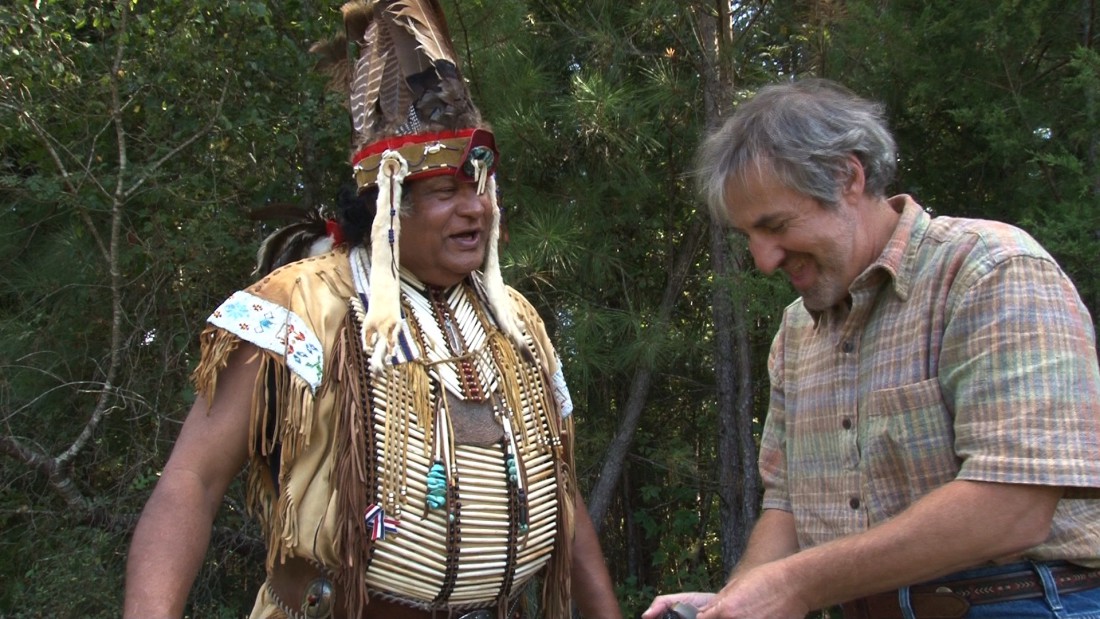
Another Oral history organization, I would add is the Southern Oral History Program at UNC-Chapel Hill. http://www.sohp.org
Thanks for the addition!